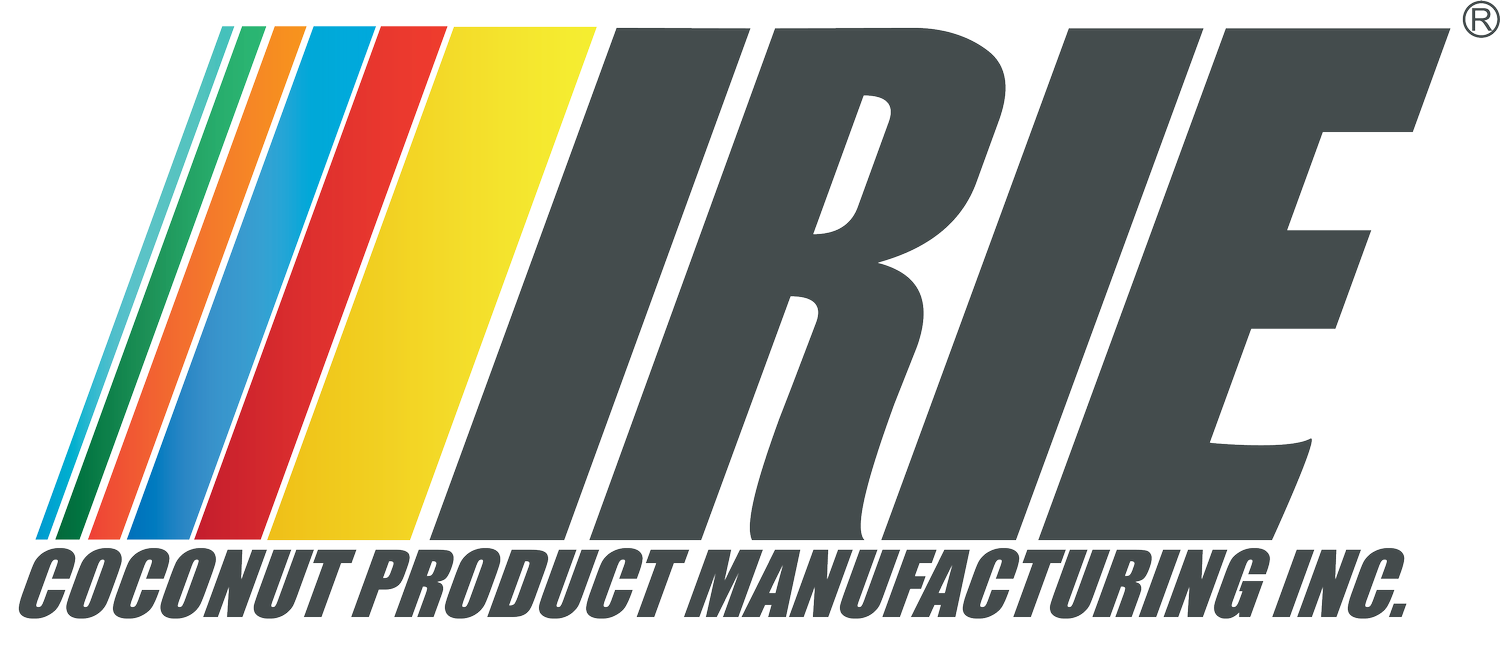AIR AND WATER FILTRATION USING ACTIVATED COCONUT CHARCOAL
New regulations passed by the Environmental Protection Agency require coal and oil fired power plants to reduce their mercury and other toxic emissions by 2015. Current mercury technologies include the use of activated carbon injections. Most of the environmental problems of the present day including pollution are essentially man made. Water pollution is the contamination of natural water by chemical, physical, or pathogenic microbial substances making way for unsustainable life.
Reports by the Freedonia Group mention the U.S. demand for activated carbon used in industrial air and water purification applications is expected to increase to 235 million metric tons. Environment field activated carbon absorption has numerous applications in removing pollutants from air or water both in the field in industrial processes such groundwater remediation, drinking water filtration, air purification; from sources of painting, dry cleaning, gasoline dispensing operations, and other processes.
WHAT'S THE DIFFERENCE BETWEEN A HEPA AND CARBON BASED FILTER?
A HEPA (high efficiency particulate air filter) type air filter has become the most popular method of trapping the particles that get stirred up every time we walk across the floor or sit on the furniture. Most folks will use a HEPA filter as part of the exhaust on the vacuum cleaner, as the dense filtering material works to catch dust and assorted pollutants. HEPA filters are mechanical and are more efficient used in a portable systems sporting 3 to 4 filtration cycles for the HEPA filter to actually work. Microbes are trapped through randomly woven fiberglass and remain until removed or cleaned.
Carbon filters on the other hand use absorption to filter substances in the air and water. Taking in contaminants into its porous surface making it more effective when used in abundance compared to a more compact HEPA filter. When there is no more surface left to adsorb to the activated carbon, it is depleted of its capability to be effective. Large amounts of carbon will last longer than small amounts because it has larger amounts of surface area for adsorption. Also, depending on amounts of pollutants being adsorbed, a small amount of carbon can be depleted within weeks making it useless.
WHY COCONUT SHELL BASED ACTIVATED CHARCOAL IS OPTION OF CHOICE.
Typically, activated carbon is made from coal. But given the non-renewable nature of this material, manufacturers are looking for other resources of carbon, such as carbonaceous agricultural bi-products, to prepare activated carbon. Coconut shell based activated carbon are a good resource because they have a high carbon content, and a low ash content. Coconut shells are usually the waste products of coconut processing plants such those who produce coconut oils and coconut flakes. Their disposal is costly and may cause environmental problems. By using the shells to make activated carbon, the plant is not only using an abundant and renewable resource, it is also saving on raw material costs by purchasing the waste shells from coconut plants.
Coconut shell carbon's superior level of hardness makes them cleaner than most other carbons and gives them longer life expectancy. This, combined with their high activity level, makes them well suited for use in any kind of carbon filter or system. Coconut shell carbon has mainly micro-pores to meso-pores, and due to its unique distribution of pores diameter, coconut activated carbon are very popular in the gas phase purification and potable water purification industries.



